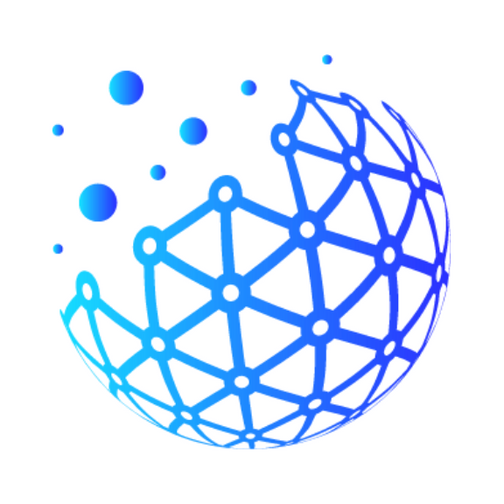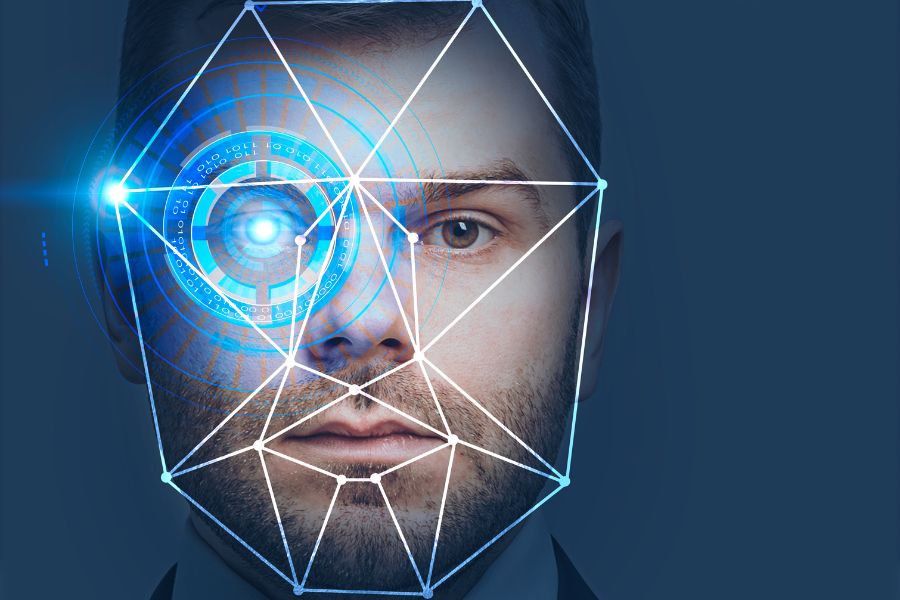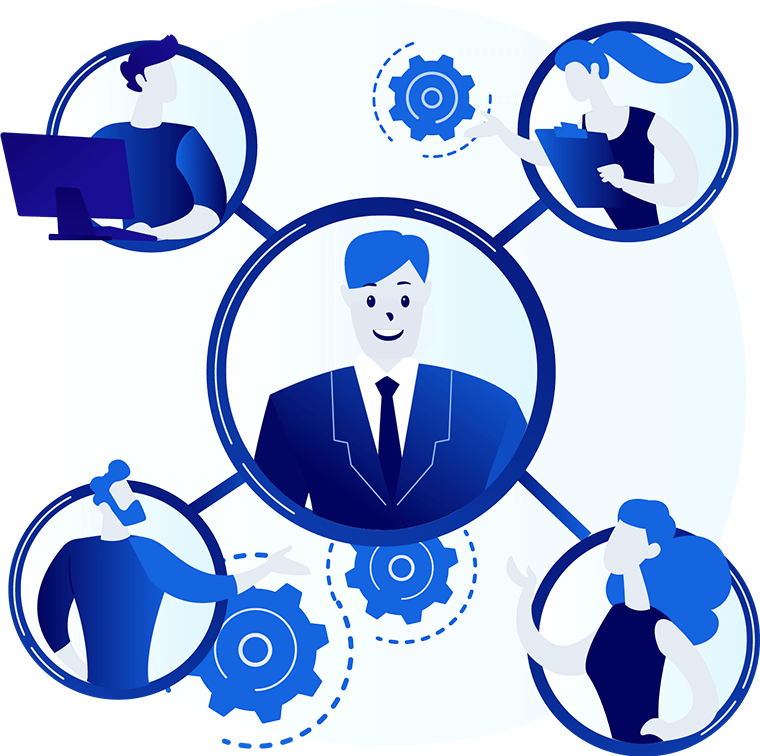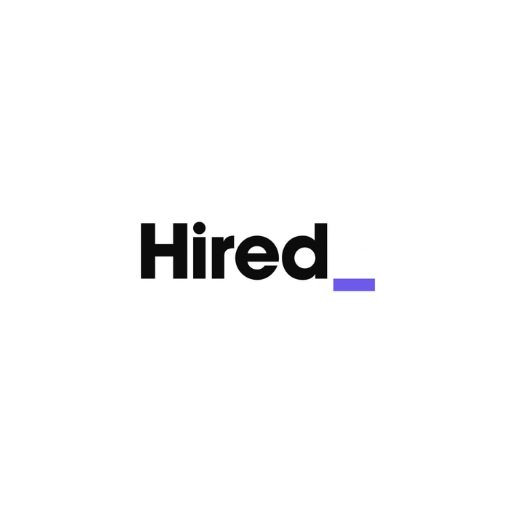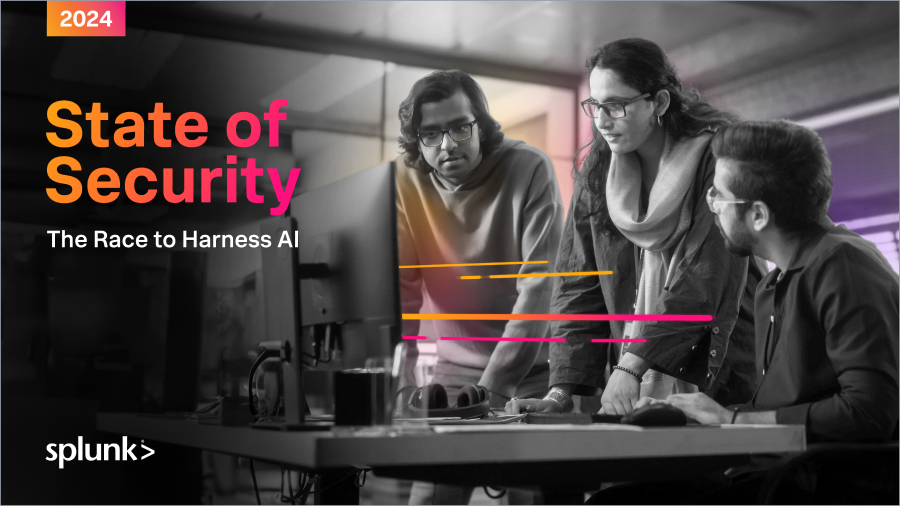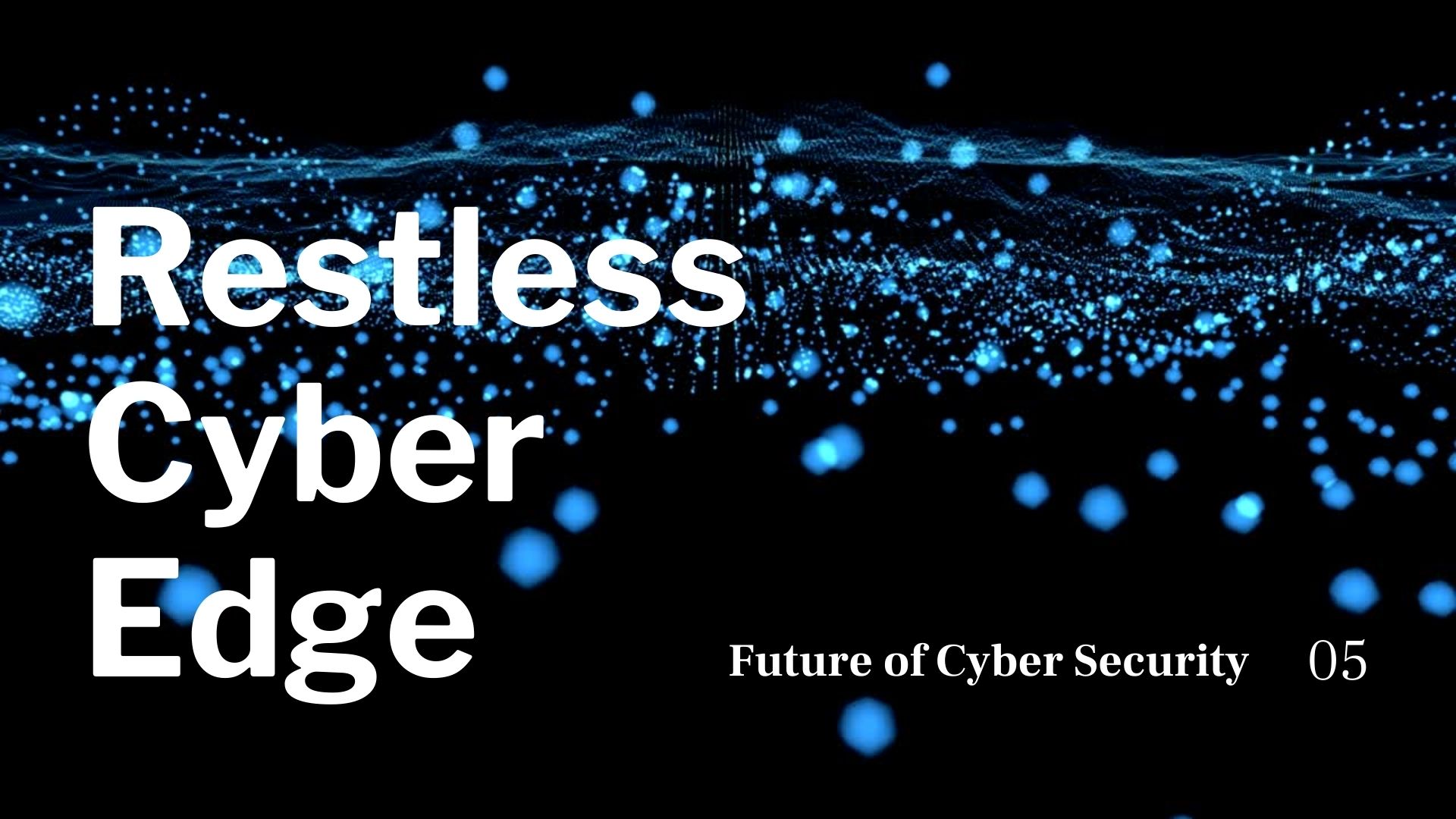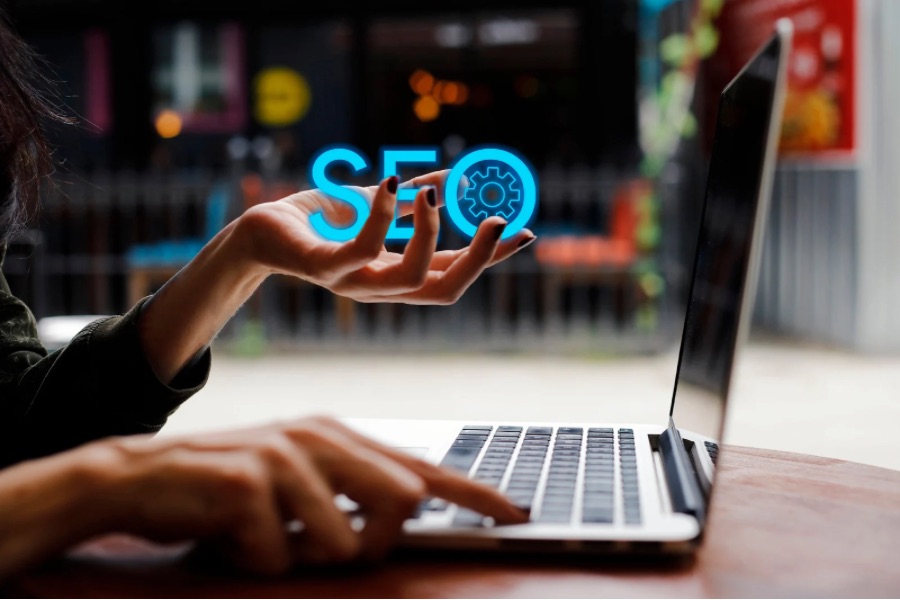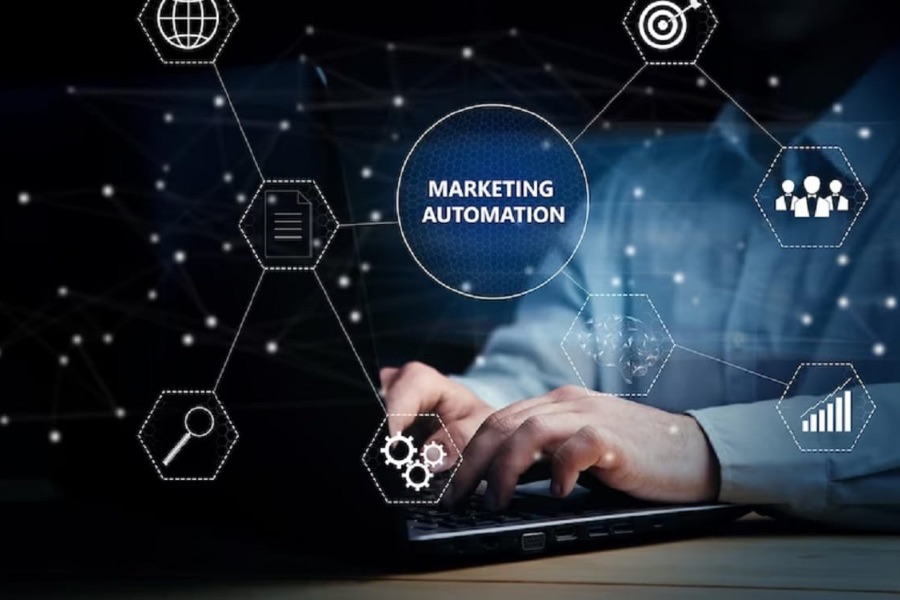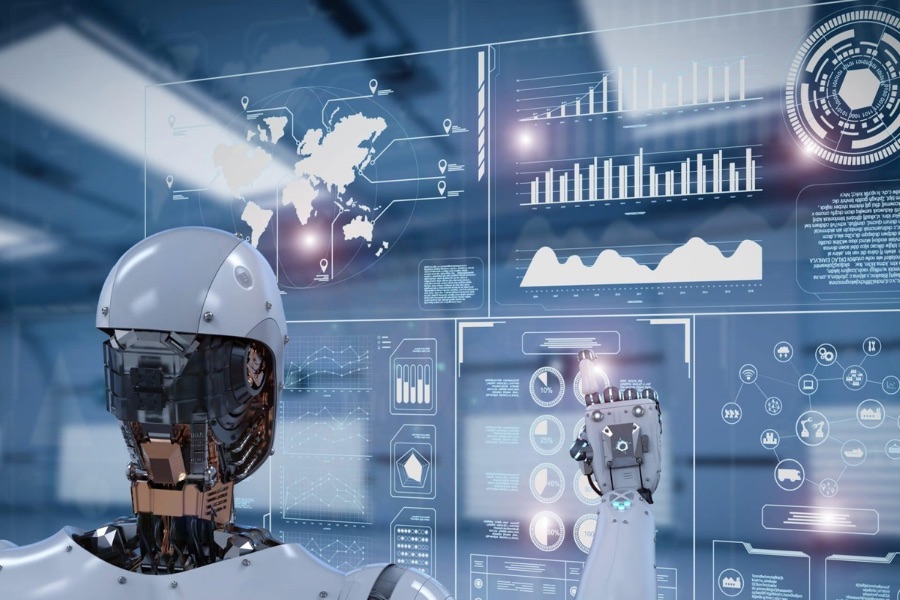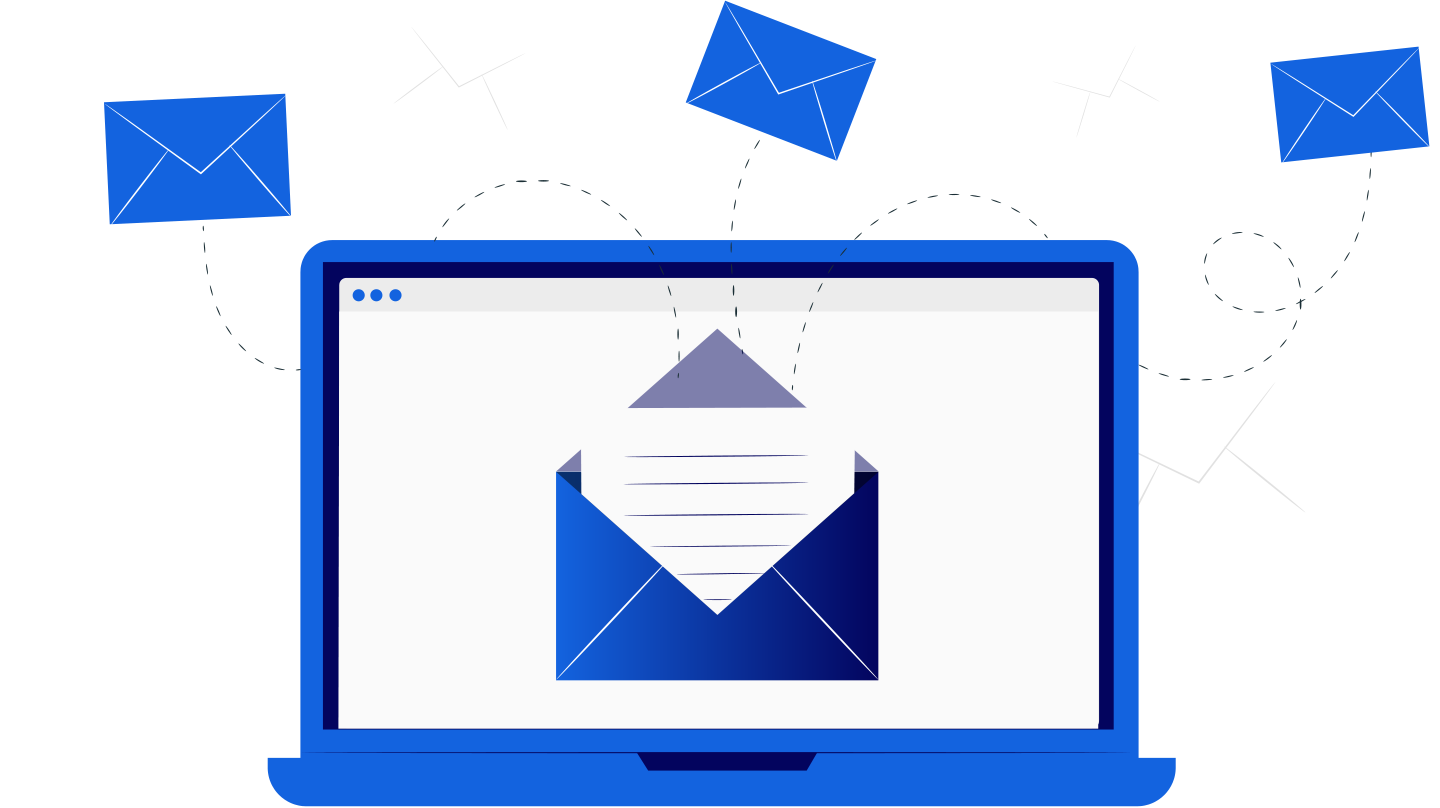Ready To Eliminate Marketing Bottlenecks with AI?
August 19, 2025, 4 min read
Cybersecurity marketers face a unique challenge: complex buyer journeys, endless technical content, and long sales cycles. Yet most teams still rely on manual workflows that slow execution, reduce efficiency, and waste valuable resources.
Artificial intelligence (AI) is changing that. With AI automation, bottlenecks disappear, campaigns run faster, insights arrive sooner, and teams focus on what matters most: strategy and growth.
AI is a force that can help you reserve your energy to use in tasks that need your intelligence more. So, use it. But how really, and where?
In this post, we’ll explore how AI helps you identify and eliminate bottlenecks, with a practical playbook for scaling cybersecurity marketing.
What Do Marketing Bottlenecks Look Like?
A bottleneck occurs when a marketing process slows down or gets stuck, delaying campaign execution and reducing ROI. In cybersecurity marketing, bottlenecks are common because the industry is content-heavy and requires coordination across sales, product, and compliance teams.
Here are some common bottlenecks marketers face:
- Manual Campaign Setup: Teams spend hours preparing emails, social posts, and landing pages.
- Slow Reporting Cycles: Data comes from multiple tools and takes days to analyze.
- Lead Qualification Delays: Sales waits too long for marketing to score or hand over leads.
- Content Production Overload: Technical whitepapers, blogs, and case studies pile up.
These bottlenecks don’t just slow marketing down, they cost revenue. In fast-moving industries like cybersecurity, delays mean lost opportunities.
This is why eliminating bottlenecks with AI has become a must-have strategy.
How AI Eliminates Marketing Bottlenecks
Unlike traditional automation (pre-scheduled posts, simple drip campaigns), AI-driven automation actively learns, adapts, and improves processes over time. Here’s how AI addresses the most common bottlenecks in cybersecurity marketing:
1. Automating Campaign Setup
AI tools can generate subject lines, build adaptive drip campaigns, and even design landing page copy. Instead of spending hours building campaigns, teams can launch in minutes.
Example: AI copy tools like Jasper or HubSpot’s AI Assistant can instantly generate multiple ad variations for A/B testing.
2. Real-Time Reporting & Analytics
Traditional reporting requires marketers to pull data from multiple platforms, compile spreadsheets, and interpret results. AI analytics platforms eliminate this by automatically integrating data and providing real-time dashboards.
Predictive insights also forecast campaign performance, enabling smarter decisions before budgets are wasted.
3. Smarter Lead Qualification
Manual lead scoring often causes delays in sales follow-up. AI-driven lead scoring uses behavioral data, firmographics, and engagement patterns to prioritize the hottest prospects instantly.
This means fewer missed opportunities and faster handoffs to sales teams.
4. Streamlining Content Production
Content is the lifeblood of cybersecurity marketing, but producing long-form blogs, case studies, and whitepapers is resource-intensive.
AI accelerates this by creating first drafts, summarizing technical material, and repurposing content across formats (e.g., blog ➝ LinkedIn post ➝ email sequence).
The Cybersecurity Marketer’s AI Bottleneck Playbook
To successfully eliminate bottlenecks, you need a structured approach. Here’s a five-step playbook for applying AI in your workflows:
Step 1 — Identify Bottlenecks
Audit your processes: Where does work get stuck? Look at campaign launch timelines, lead follow-up speed, and reporting cycles.
Step 2 — Match Bottlenecks to AI Tools
- Email bottlenecks: Use AI-powered email platforms for predictive send times and adaptive content.
- Content bottlenecks: Use generative AI for blog drafting, social snippets, and repurposing.
- Analytics bottlenecks: Adopt AI dashboards that provide real-time reporting and forecasts.
Step 3 — Automate Low-Value Tasks First
Don’t start with strategy — start with execution. Automate repetitive tasks like reporting, social scheduling, and email sequences.
This quick win frees time for higher-value work.
Step 4 — Scale Across Channels
Once you see results in one channel, expand. AI can optimize ads, webinars, events, and account-based marketing (ABM) campaigns.
Step 5 — Monitor & Optimize
AI is only as good as the data it learns from. Continuously monitor performance and adjust workflows for even greater efficiency.
Case Study: AI in Action
A mid-sized cybersecurity SaaS company struggled with long campaign launch times — sometimes up to 6 weeks.
After adopting an AI-powered marketing automation platform:
- Email campaign setup time dropped by 70%.
- Lead scoring improved, reducing sales response times by 50%.
- Content output doubled, thanks to AI-assisted writing and repurposing.
The result? Faster campaigns, more pipeline, and less burnout for the marketing team.
Balancing AI with Human Strategy
While AI eliminates bottlenecks, it’s not a replacement for marketers.
Cybersecurity buyers value authenticity, trust, and credibility.
Use AI for efficiency, but keep humans in the loop for storytelling, thought leadership, and creative strategy.
Future of AI and Bottleneck-Free Marketing
Looking ahead, AI will not only eliminate bottlenecks but also predict them.
Imagine systems that detect campaign risks before they happen or automatically reallocate budgets for better performance.
Cybersecurity marketers who adopt these innovations early will hold a significant competitive advantage.
Conclusion
Marketing bottlenecks slow down growth, waste resources, and frustrate teams.
AI offers a path forward — one where workflows are streamlined, leads are qualified faster, and reporting is effortless.
For cybersecurity marketers, this isn’t just about working faster — it’s about staying competitive in an industry where timing and trust are everything.
Start small, automate key tasks, and scale AI adoption across your campaigns. The payoff is more than efficiency — it’s stronger engagement, better ROI, and faster growth.


